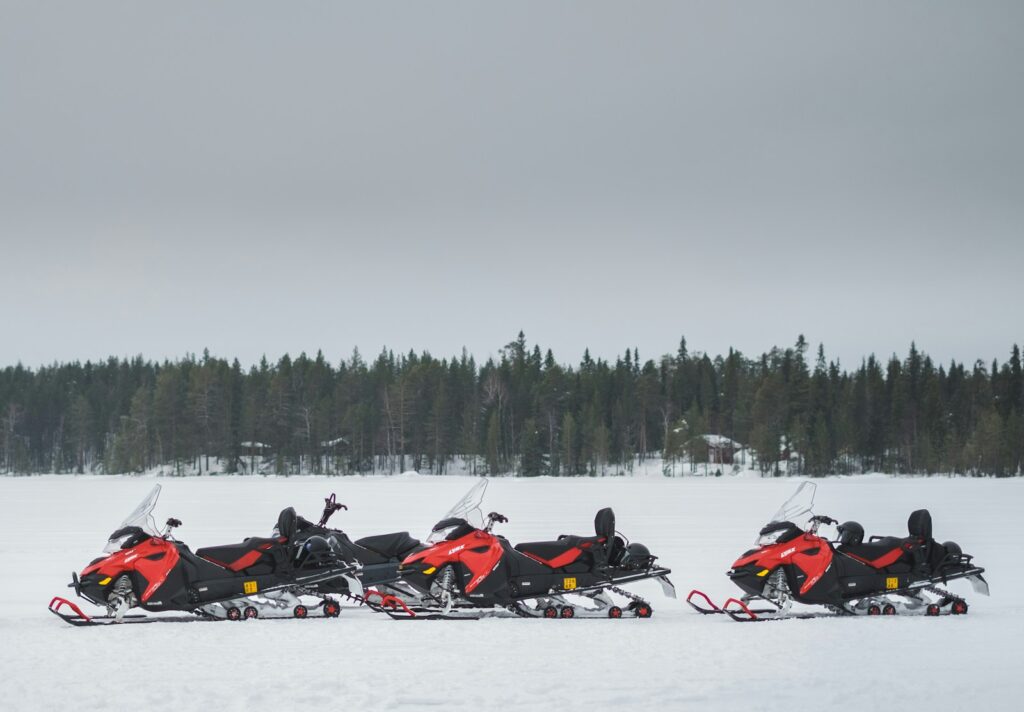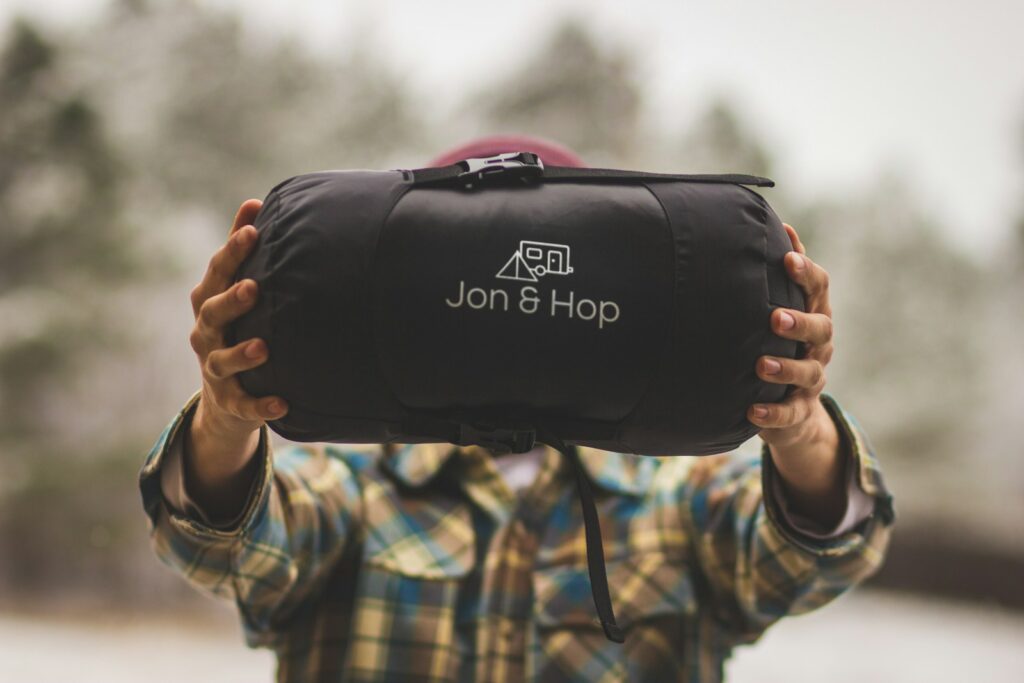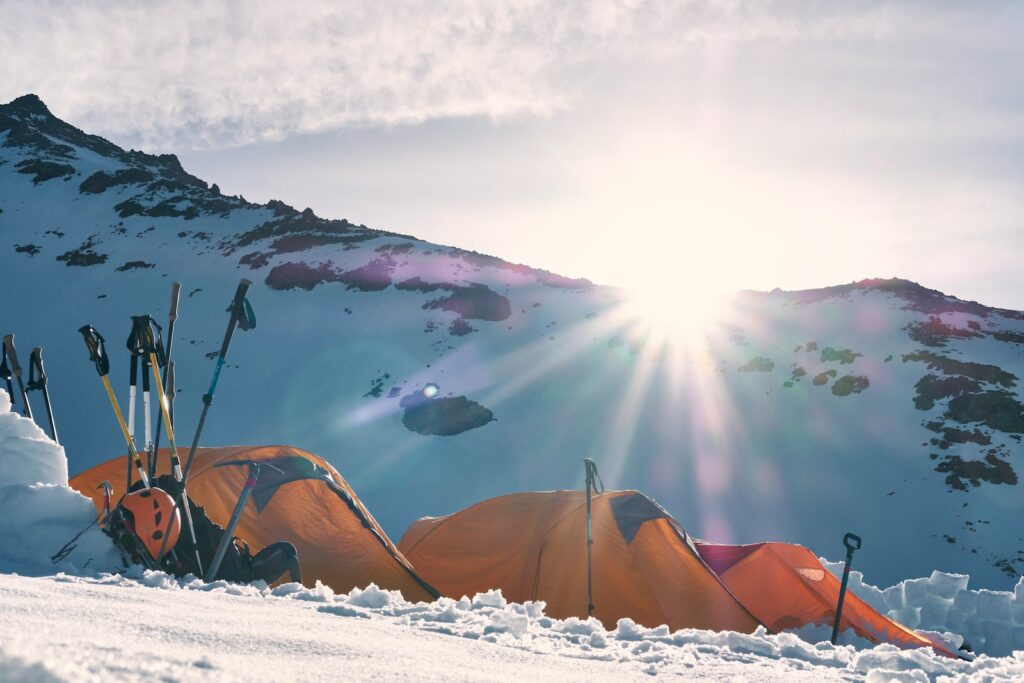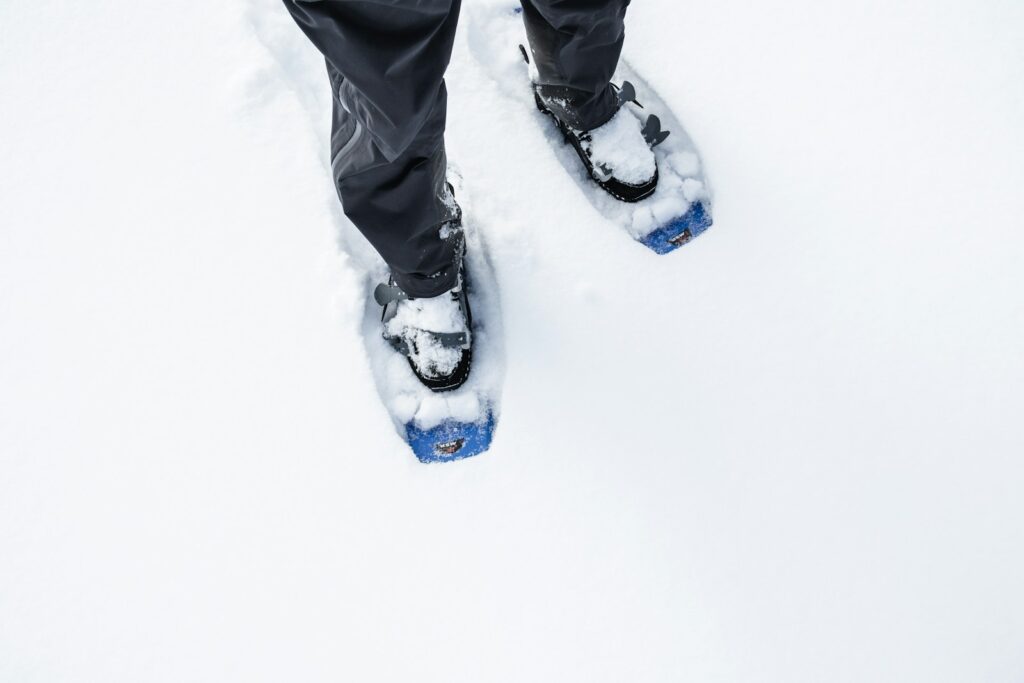Venturing into the snowy backcountry for a weekend adventure offers unparalleled beauty, solitude, and exhilaration that can’t be found at crowded resorts or groomed trails. However, the remote winter wilderness also presents unique challenges and potential dangers that demand proper preparation and equipment. Unlike front-country excursions where help is readily available, backcountry adventures require self-sufficiency and readiness for rapidly changing conditions. Whether you’re planning to snowshoe to a remote cabin, spend nights winter camping, or embark on a multi-day ski tour, your packing list can literally be a matter of life and death. This comprehensive guide will walk you through essential gear, clothing, navigation tools, emergency supplies, and other critical items to ensure your snowy backcountry weekend is both safe and memorable.
The Layering System: Your First Line of Defense

When facing the harsh realities of winter backcountry conditions, your clothing system becomes your mobile shelter and temperature regulation mechanism. The time-tested three-layer approach remains the gold standard: a moisture-wicking base layer against your skin, an insulating mid-layer to trap body heat, and a weather-resistant outer shell to block wind and precipitation. Each layer serves a specific purpose in the system, working together to maintain your core temperature while adapting to changing conditions and activity levels. Remember that cotton materials should be strictly avoided in winter backcountry settings as they retain moisture and dramatically accelerate heat loss—potentially leading to hypothermia even in relatively mild conditions. Instead, opt for synthetic fabrics or merino wool that maintain insulating properties when damp and dry quickly when conditions improve.
Base Layer Essentials

Your base layer forms the foundation of your winter clothing system and plays a crucial role in managing moisture next to your skin. Pack two complete sets of base layers—one for active use and one reserved for sleeping—including long-sleeve tops and full-length bottoms made from merino wool or synthetic materials designed specifically for cold weather. Quality base layers feature flat seams to prevent chafing during extended movement and strategic ventilation zones that help regulate temperature during high-exertion activities. Some advanced options incorporate antimicrobial treatments that reduce odor buildup during multi-day trips when washing isn’t possible. Remember that different body parts have varying temperature regulation needs, so consider heavyweight base layers for your core and lighter options for areas that generate more heat during activity.
Mid-Layer Insulation Options

The insulating mid-layer traps warmth generated by your body and creates a thermal barrier between your base layer and the elements outside. For backcountry winter trips, versatility is key—pack options that can be easily added or removed as conditions and activity levels change throughout your journey. Fleece jackets offer excellent breathability and continue insulating when damp, making them ideal for active periods or milder conditions. Down insulation provides unmatched warmth-to-weight ratio but requires careful protection from moisture, while synthetic insulation sacrifices some compressibility but maintains insulating properties when wet. Many experienced winter backcountry travelers pack both a lightweight fleece and a packable puffy jacket, allowing them to fine-tune their insulation as conditions dictate while maintaining a safety margin should temperatures drop unexpectedly.
Outer Shell Protection

Your outer shell layer serves as your primary defense against precipitation, wind, and abrasion in the backcountry environment. For winter backcountry travel, look beyond basic water resistance to full waterproof-breathable membranes with fully sealed seams, waterproof zippers, and adjustable closures at the wrists, waist, and hood. Breathability becomes particularly crucial in winter backcountry settings where overheating can soak inner layers with sweat, creating dangerous cooling once activity levels decrease. Features like pit zips and chest vents allow for temperature regulation without removing your protective layer. The shell should be sized to fit comfortably over all your other layers while still allowing full range of motion for activities like skiing or snowshoeing. Hard shells offer maximum protection in severe conditions, while softshell jackets provide better breathability and comfort during active periods in drier conditions.
Critical Extremity Protection

Protecting your extremities becomes especially crucial in backcountry winter environments where frostbite and circulation impairment present serious risks. Pack multiple pairs of gloves or mittens including thin liner gloves for dexterity during camp tasks, insulated waterproof gloves for active periods, and oversized insulated mittens for extremely cold conditions or emergency situations. For headwear, bring a moisture-wicking beanie, an insulated hat with ear coverage, and a balaclava or neck gaiter that can be pulled up to protect your face from wind and spindrift. Foot protection requires equal attention—pack several pairs of wool or synthetic socks in varying weights, vapor barrier liners for extremely cold conditions, and consider specialized mountaineering or winter hiking gaiters that prevent snow from entering boots during deep snow travel. Remember that extremities are often the first to suffer in cold conditions, so redundancy in these protection systems is not excessive but essential.
Footwear for Snow Travel

Selecting appropriate footwear for backcountry winter travel requires careful consideration of your specific activity, expected terrain, and anticipated conditions. For snowshoeing or general winter hiking, insulated waterproof boots with aggressive tread patterns provide necessary traction and warmth, while dedicated backcountry ski boots offer specialized performance for ski touring but limited comfort for camp activities. Whatever your primary activity, your footwear must provide sufficient insulation without restricting circulation, as compressed blood vessels dramatically increase frostbite risk. Many experienced winter travelers pack lightweight camp booties with synthetic insulation and water-resistant shells—these provide crucial foot recovery time at camp while conserving body heat. Remember that your feet will generate considerable moisture during active periods, so consider bringing vapor barrier liners or specialized winter sock systems that manage moisture while maintaining insulation properties.
Navigation and Communication Tools

In the winter backcountry, standard navigation challenges are compounded by snow-covered trails, limited daylight, and the potential for whiteout conditions that can disorient even experienced travelers. Always carry multiple navigation tools including detailed topographic maps in waterproof cases, a compass with declination adjustment, and a GPS device with spare batteries protected from cold. Modern smartphone apps can supplement these traditional tools but should never be your primary navigation method due to battery life concerns in cold conditions. Communication equipment becomes equally critical—carry a fully-charged satellite messenger device or personal locator beacon that can summon help in emergencies beyond cell coverage areas. Some groups also utilize two-way radios for communication between members, particularly useful when visibility is limited or the group needs to split up. Remember that electronic devices experience significantly reduced battery life in cold temperatures, so store them in interior pockets close to body heat and consider insulated cases.
Winter-Specific Emergency Gear

The isolated nature of backcountry winter travel demands comprehensive emergency preparedness beyond standard wilderness first aid supplies. Pack an emergency shelter appropriate for winter conditions—options range from ultralight emergency bivvy sacks to more substantial mountaineering tents depending on your trip’s remoteness and expected conditions. Fire-starting capabilities become critically important; carry multiple ignition sources including storm-proof matches, ferrocerium rods, and windproof lighters, along with fire-starting materials that work when wet like commercial fire starters or petroleum-soaked cotton balls. An insulated closed-cell foam pad serves dual purposes as both sleeping comfort and emergency insulation from the snow—even if you’re carrying an inflatable sleeping pad, the foam pad provides critical backup if punctures occur. Specialized emergency tools for winter environments might include avalanche rescue equipment in avalanche terrain, emergency snow shovels for shelter building, and chemical hand warmers for treating or preventing cold injuries.
Sleep System Components

Your sleep system represents your most important recovery tool and critical safety system during overnight winter backcountry trips. For sleeping bags, choose models rated at least 10-15 degrees Fahrenheit below the lowest temperatures you expect to encounter, remembering that manufacturer ratings often reflect survival rather than comfort temperatures. Consider the advantages of water-resistant down or synthetic insulation based on expected humidity levels and precipitation. Sleeping pads for winter backcountry use require higher R-values (insulation ratings) than three-season counterparts—most winter travelers use a combination of closed-cell foam pads beneath inflatable insulated pads to create reliable barriers against ground cold. A waterproof bivy sack or sleeping bag cover adds valuable protection against condensation inside tents or snow shelters while providing additional temperature regulation. Finally, don’t forget a dedicated set of clean, dry sleeping clothes reserved exclusively for in-bag use to prevent introducing moisture into your sleep system.
Shelter and Camping Equipment

Your backcountry winter shelter must withstand potentially harsh conditions while providing crucial recovery space after long days in challenging environments. Four-season tents feature stronger pole structures, reduced mesh panels, and snow skirts to handle snow loading and prevent drafts, though they carry weight penalties compared to three-season models. Specialized winter shelters like mountaineering-grade mid-style tents or snow-specific designs offer excellent strength-to-weight ratios when properly secured. Snow anchors or buried deadman anchors replace standard tent stakes in deep snow conditions, requiring additional cordage for secure pitching. Beyond your primary shelter, carry appropriate tools for snow campsite preparation—a lightweight avalanche shovel becomes indispensable for leveling tent platforms, digging snow kitchens, or creating wind barriers around your site. Some experienced winter campers also pack lightweight saws designed for cutting snow blocks, enabling the construction of wind walls or emergency snow shelters if conditions deteriorate unexpectedly.
Food and Water Considerations

Winter backcountry travel dramatically increases caloric demands, requiring careful food planning to maintain energy levels and core temperature. Pack dense, high-calorie foods that resist freezing—nut butters, cheese, chocolate, and specialized winter energy bars provide efficient calories that can be consumed even in frigid conditions. Hot meals become particularly important for both morale and core temperature maintenance, so ensure your cooking system remains reliable in cold conditions with appropriate windscreens and insulated pot cozies to conserve fuel. Water management presents unique challenges in winter environments—insulated water bottles or thermos containers prevent freezing during day travel, while wide-mouth bottles allow easier handling of partially frozen contents. Remember that melting snow for water is fuel-intensive, requiring approximately 1 ounce of fuel to melt 1 liter of water, so factor this into your fuel calculations if natural water sources won’t be accessible along your route.
Specialized Winter Travel Equipment

Depending on your specific activity and terrain, specialized winter travel equipment becomes essential for safe and efficient backcountry movement. For areas with deep unconsolidated snow, snowshoes with aggressive crampons provide necessary flotation and traction, while touring skis with climbing skins offer superior travel efficiency across varied terrain. In steeper or icy terrain, microspikes or full crampons may be necessary for secure footing, along with an ice axe for self-arrest capability on exposed slopes. Avalanche safety equipment—including beacons, probes, and shovels—becomes non-negotiable when traveling in avalanche terrain, requiring proper training before use. Trekking or ski poles with snow baskets provide crucial balance assistance and can serve multiple functions including tent pole replacements or improvised medical splints in emergencies. When selecting specialized winter equipment, prioritize versatility and redundancy—items that serve multiple purposes help minimize pack weight while maintaining capability in changing conditions.
Personal Comfort and Hygiene Items

Though often overlooked in technical packing discussions, personal comfort items contribute significantly to sustained morale during challenging winter backcountry trips. High-SPF sunscreen and lip protection remain essential even in winter, as snow reflection can cause severe sunburn even during overcast conditions. Moisturizing skin protection prevents painful cracking in dry winter air, while specialized athletic tape can prevent blisters or create emergency repairs on equipment. Hand and toe warmers serve dual purposes as comfort items during extended stops and potential emergency gear for treating early cold injuries. For hygiene, pack biodegradable wipes for cleaning when traditional washing isn’t possible, dental care basics, and any personal medications in quantities exceeding your expected trip duration. Women should consider specialized systems for backcountry menstrual care that work in freezing conditions, while all travelers benefit from keeping quick-access toilet paper in waterproof containers for winter bathroom breaks.
The backcountry winter environment offers unparalleled beauty and solitude, but demands respect and thorough preparation before venturing into its domain. By carefully assembling appropriate layering systems, emergency gear, navigation tools, and specialized equipment for your specific trip parameters, you can create a safety margin that allows you to focus on enjoying the pristine winter wilderness rather than merely surviving it. Remember that your packing list should evolve based on experience, changing conditions, and trip-specific requirements—the items listed here provide a foundation for safe backcountry winter travel, but should be customized to your individual needs and destination characteristics. With proper preparation, equipment, and knowledge, your snowy backcountry weekend can become a highlight experience that builds skills and creates lasting memories of winter’s most spectacular environments.

